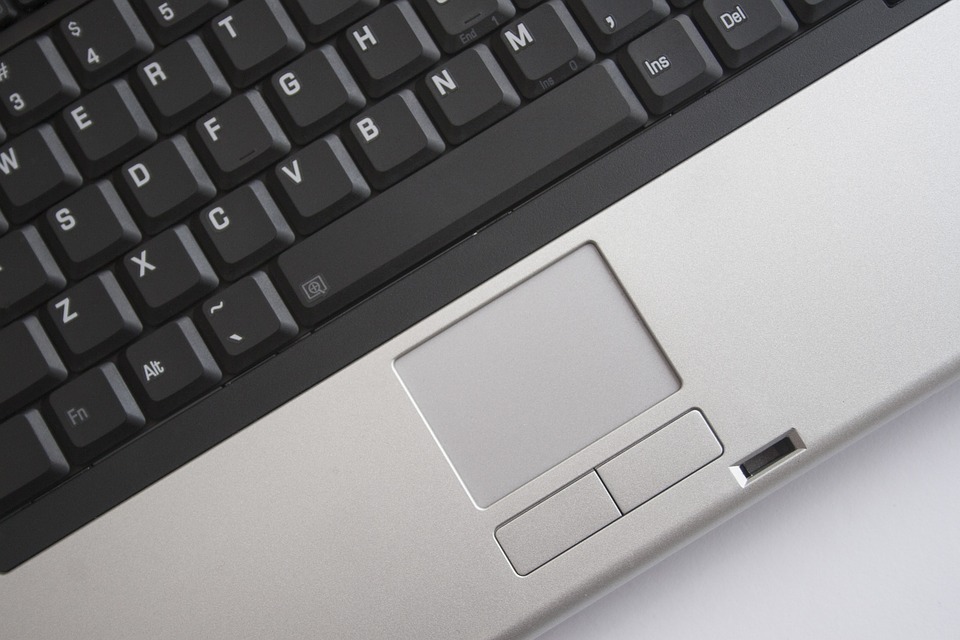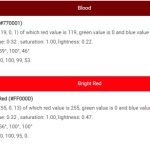A touchpad functions by sensing the electrical resistance of the human body’s skin when it touches the pad. This is done by running a current through two thin strips of metal on either side of the surface that is close enough together so that your finger doesn’t touch both at once.
If you’re not wearing anything on your hands, then your skin will have significantly more resistance than if you were wearing gloves or some other object covering some or all of your hands.

The laptop can then use this information to determine where on the screen you’re touching and what gestures you’re trying to make through the pad itself.
Table of Contents
How Can I Adjust Touchpad Sensitivity?
On any operating systemss, the mouse or touchpad software preferences should be found in a system preference app such as Control Panel. For rapid access, some touchpad software adds a touchpad icon to the system tray.
There may be more than one sensitivity level for the touchpad. Some programs enable you to change the overall sensitivity of the pad as well as “palm sensitivity” or inadvertent swipes made while typing.
How Does Touchpad Sensor Work?
The touchpad sensor is usually made up of an array of four sensors that are each mapped out over half of the touchpad so that when you place your finger in any one spot, only one sensor will register the information about how it’s touching and which way your finger is moving.
Since tapping on a smartphone or tablet does not typically require scrolling up or down, some models implement these features differently than laptops by using what’s called “palm rejection,” which means that even if you’re resting your hand on the screen while touching it with just one finger, the phone will still be able to detect where exactly on the screen you’re touching without considering where your palm is.
Thus, there are typically four main touch zones that the device can recognize – two on either side of the screen that registers taps and scrolling, and then a third in the middle for right clicks.
Many touchpads also have an additional feature called ‘multi-touch’, which means that as you move your finger across the pad, it will still be able to detect whether or not it’s sliding horizontally, vertically, diagonally – pretty much anyway at all.
This allows users to use gestures such as swiping between webpages or scrolling up and down documents just by moving their fingers across the X and Y axes of the surface.
Thanks to hardware advancements over the years, we’re now seeing touchscreen laptops equipped with more advanced sensors capable of sensing multiple fingers at once.
By touching and moving in different ways across the surface of the pad, you can use two fingers to scroll up and down vertically, or you can swipe your finger along one edge and move it in a semicircle to change tabs in your web browser.
While nearly all touchpads on consumer laptops are currently made by Synaptics, there do exist other companies such as Elan Microelectronics Corp . which make similar pads for other brands such as Acer and Asus.
There’s also ClearPad LLC, which makes touchpads for most Dell laptops. All three of these companies provide multi-touch sensors that allow users to perform gestures with multiple input points simultaneously, including lifting their finger off the screen and using another while it’s still in motion.





